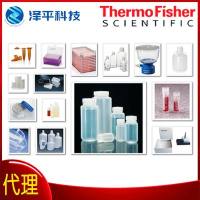Nucleotide excision repair (NER) activity can be directly measured in whole-cell extracts by quantifying either the incorporation of radiolabeled deoxynucleotide during the repair synthesis step in damaged plasmid DNA (1 ; see Chapters 25 –27 , 29 ) or the excision of a previously labeled oligonucleotide containing a unique lesion (2 ; see Chapter 30 ). These two assays have been developed with cell-free extracts and more recently with purified proteins, leading to a deeper understanding of the proteins involved at each step of the NER reaction (3 ,4 ). Each assay has advantages and drawbacks. One advantage of the repair synthesis assay is that the substrate, damaged plasmid DNA, is relatively easy to prepare. However, the repair signal generated in the repair synthesis assay (i.e., radiolabel incorporation) may not reflect the incision activity of cell extracts where there are variations in length of the synthesized DNA fragment (5 ). Two methods designed to dissociate incision/excision from the repair synthesis step overcome this drawback: (1) the assay is performed with purified proteins involved only at the incision step (6 ), or (2) the repair synthesis step is blocked by addition of aphidicolin (a DNA polymerase inhibitor) and omission of dNTPs in the reaction mixture, leaving the incision activity unimpaired; the incised intermediates are subsequently purified and then labeled in a DNA polymerization reaction with the Klenow fragment of Escherichia coli DNA polymerase I (7 ,8 ; see also Chapter 30 ).






